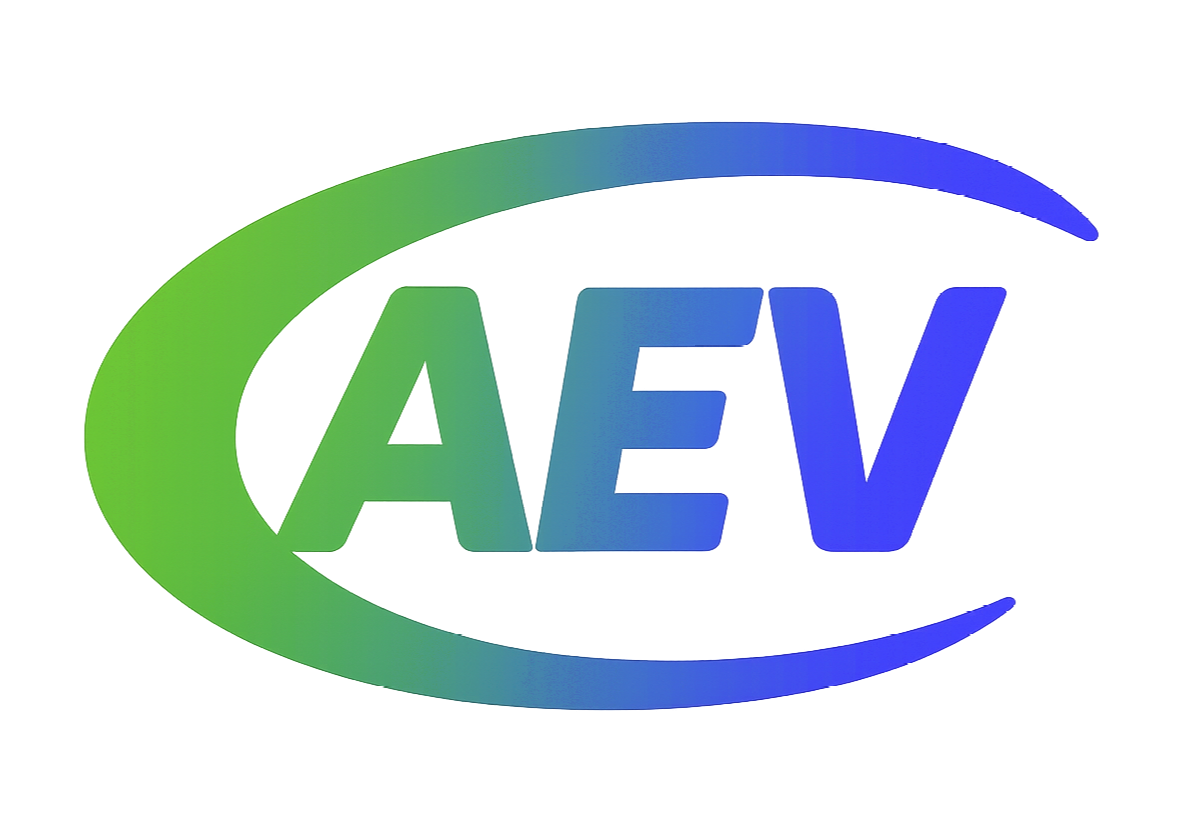Automated methods for the study of water quality

Monitoring of water bodies using modern GIS and programming techniques on example of Bali island
The monitoring of natural surface water is a set of technologies for obtaining and processing data to describe the quality of natural water bodies. It is critical that monitoring routine ensure sufficient coverage and certain periodicity of observations.
Monitoring can be classified according to the spatial coverage: Global monitoring (processes or phenomena that have a global imprint); Regional monitoring (observations of the territory with similar geographical indicators); Local monitoring (covers a relatively small area). Currently, at all levels of monitoring, it is necessary to deal with the accumulation of large amounts of information, which is difficult to summarize. At the same time, it is quite difficult to make a comparison between the defined indicators, since the materials often presented chaotically, they don’t cover each year for each analysed indicator.
To cover all levels of monitoring, generalization and unification of the obtained data, we propose the use of an integrated approach based on GIS. Geographic Information System (GIS) is a database that stores information that has not only temporal, but also spatial reference. A characteristic feature of GIS is the ability to summarize spatial data of large coverage (for example, satellite images) and long time series of heterogeneous data.
We have already implemented such approach using GIS, which allowed us to demonstrate the results of monitoring water bodies on the island of Bali. Our research was based on State environmental data reports for Bali island that includes the results of water sampling in rivers, lakes, underground water and sea water.
Using the python programming language, we automated data processing in GIS and get a geodatabase containing the data about the quality of water bodies within the Bali island. The database includes quantitative indicators of water quality according to years, seasons and different types of water, such as rivers, lakes, groundwater, sea water for 7 years (from 2010 to 2017). We analysed the maximum, minimum and average values of indicators such as biogenic elements, dissolved oxygen, bacteriological parameters, iron, copper, calcium and other.
Identified heterogeneity in pollution level of the Bali island
By analysing the maps obtained, we find out four most anthropogenically loaded areas: Kuta, Denpasar, Gianyar and the western part of Tabanan. They have maximum concentrations of bacteriological pollutants, iron, manganese and zinc. The quality of river water in these areas is worse and it is necessary to pay additional attention for monitoring program on Bali island.
Identified heterogeneity in pollution level of the Bali island.
Parameters – a) NO2-N, b) NO3-N, c) Total P
Future development of the GIS monitoring project depends not only on the program capabilities and visualization, but also on the availability of representative data, so we propose our GIS for input of the new data.
Full text:
Pavel Kargashin; Andrew Karpachevskiy; Maria Kozlova; Nataliya Shchegolkova; Gusti Ngurah Santosa; I Nyoman Sunarta; I Wayan Budiasa; I Ketut Suada; I Nyoman Rai Study of Bali rivers water quality via automated workflow using python and ArcGIS tools // Innovation of Environmental-Friendly Agricultural Technology Supporting Sustainable Food Self-Sufficiency. — 2019. — P. 223–232.
